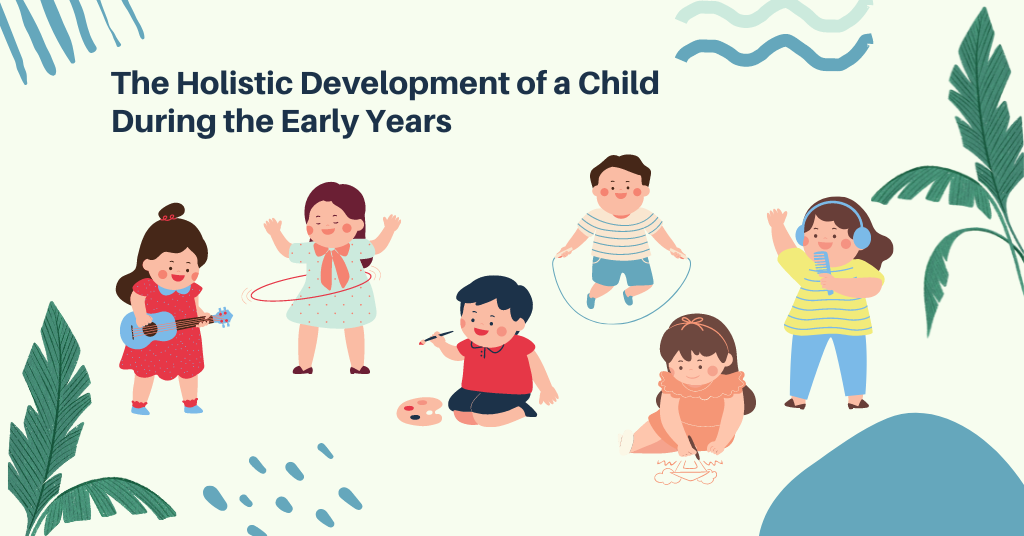Introduction
In an integrated classroom setting, holistic educators work to meet the needs of students in terms of their psychological, social and moral needs as well as their scholastic needs. Positive school environments and the provision of child-centred supports—also known as “wraparound supports”—that meet both academic and other needs are key components of holistic education.
Students are encouraged to reflect critically on their choices, how they impact the community and the world around them, and how they can learn from the experiences of others. Teachers often provide students with simple project works that ask them to apply their critical thinking skills to real-world problems.
Holistic Education Methods
The purpose of holistic learning is to nourish a child’s physical, emotional, cognitive, social and spiritual well-being. Giving opportunities and emotions that are appropriate to the child’s abilities at an early age is serving the child as a whole. The lessons are taught in a safe, stimulating environment that encourages children to play to their strengths. While a single general principle underpins holistic education, teachers use a variety of methods to promote a culture of holistic education.
Holistic Approach & Self-Guided Learning
In self-directed learning environments, teachers allow students to learn as they see fit and in the way that works best for them. In a self-directed culture, personalization is possible, which addresses some of the issues that come with one-size-fits-all approaches to learning.
The pace and content of the program are changed through low-stakes testing.
Smaller class sizes with students of varying ages and abilities are possible.
Benefits of Holistic Education
At its core, holistic education is an approach to learning that impacts students, educators, schools and communities in a variety of ways. Students gain the skills they need to succeed academically and develop the life skills they need to thrive in a successful career.
Academic performance:
By tailoring learning to different learning styles and providing an environment of support, holistic education has the potential to boost academic performance for all children regardless of their background or circumstance. Learning Policy Institute reports that children’s brain development is improved when they feel physically and emotionally secure and connected to others.
Enhanced mental and emotional well-being:
Students are more likely to graduate with self-esteem, self-confidence, and a strong sense of social responsibility in an environment that emphasizes social and emotional growth in addition to academics.
The higher ability for problem-solving:
Students who receive real-world problem-solving assignments in their local communities develop excellent critical-thinking skills. Practical assignments teach students skills that may be applicable in adult work, such as data collection, analysis, and reporting, and how to collaborate with others.
Conclusion
Educators can help students build strong self-esteem and promote success and happiness in all aspects of their lives through holistic education strategies, such as inclusive learning formats and community involvement.
FAQs
- What is the relevance of holistic education?
Holistic education prepares young minds to develop skills to solve the challenges in the real world as they grow up. Brainy Stars with the young talents being given a Montessori education, is the best preschool in jaya nagar.
- Does Brainy Stars practice holistic education?
Yes. Brainy Stars practices holistic education
- What is the role of the teachers of Brainy Stars in the holistic development of a child?
The teacher builds their instruction on the fundamental ideas of holistic development, lets the student find and comprehend the various connections and correlations. The knowledge thus becomes a part of the child’s experience and becomes personal and socially significant.
- What is an example of a holistic approach in early childhood?
For example, a child can use a spoon (physical), which leads to greater independence and increased self-esteem (emotional). This approach allows early learning and childcare workers to plan for future activities involving the child, which will help in their overall learning and development and well-being.





